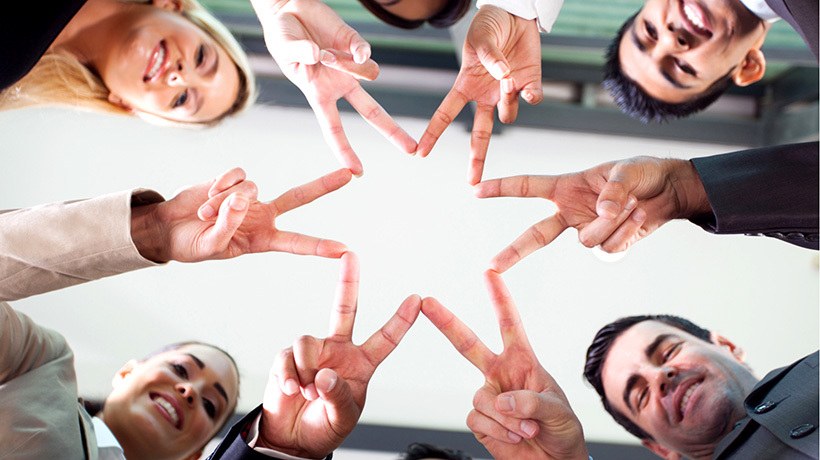What Is Vicarious Learning?
Vicarious learning is a concept that I have developed as a useful opportunity to extend any blended learning approach. It is the ability to learn from observing the actions of others by using our unique human metacognitive ability to create learning opportunities.
The unique human metacognitive ability enables people to learn a new behavior or reinforce a capability without necessarily performing the action themselves. It involves teaching people to learn from both positive and negative events through structured observation, evaluation, and internalization.
Vicarious learning is much more than role modeling. It is a conscious, deeper process that involves thinking about observable behavioral sequences, empathizing (living in the moment) with what people are doing, sensing and feeling, and then taking note and evaluating. It is so much more than simply emulating the behavior or actions of someone who is deemed to be a competent, worthy role model. It involves actively forming an opinion and making a decision to include (learn from and use) or avoid certain actions based on what one observes others doing, and the outcome thereof.
Importantly, it can be taught using a fairly straightforward methodology. The techniques required will also have benefits beyond the person's own development. These techniques will be useful in giving feedback, coaching and being able to ask the right questions, in order to understand exactly what happened in situations in which one was not present.
How Do We Teach Vicarious Learning?
There are 3 aspects to be taught:
1. How To Structure And Record Observations
This involves giving people a structure to contextualize their observations of what they are hearing and/or seeing so that they can remember it and verbalize it clearly. I use the acronym EAR to teach structured observation and to remind people to record what is happening in their mind in a way that they can recall (verbalize) it to another. This way the other person can clearly hear, visualize and understand exactly what happened, within the context in which it happened, as well as what the outcome was.
EAR is an acronym for event, action, and result. It is a reminder to observe the event (situation or context) and be able to record exactly what was said and/or done, as well as what the result (outcome) of this action or behavior was.
2. How To Think About And Process Observations
This involves teaching people to use their metacognitive ability of critical awareness to think about and assess what has been experienced and observed. It is extending what one is observing to form a sense of whether the outcome of what is happening is positive or negative (a good or bad outcome.) This can then be tested against a frame of reference for prior learning. Prior learning may be formal or informal. This enables the "assessment of" and the "process of" explaining or rationalizing whether what was said and/or done was appropriate or inappropriate and why this was the case. It also involves thinking about what could have been done differently to improve the outcome.
Further, it provides the means for social learning, whereby people can discuss a situation that occurred in a structured manner, share their insights and learn from each other.
3. How To Internalize And Visualize
This is the process of thinking about how one can apply this learning and then visualize how one could use what one has learned to handle similar situations. There are 2 key abilities:
- The ability to think about and adjust one's own behavior or actions as a result of observing what works and what does not work for others in various situations
- The ability to transfer desirable behaviors/actions to situations in which they will have benefited and then to evaluate their effectiveness and make adjustments, using the EAR model
The above 2 abilities can also enrich social learning, whereby these experiences are discussed meaningfully and people learn from each other's insights.
Finally, A Practical Example
A conflict situation arises and a colleague is observed diffusing it quickly and professionally.
Vicarious learning takes place in the action of observing and mentally recording the situation that arose; exactly what the colleague did and said as well as what the outcome was in terms of the conflicted parties feeling that the issue was resolved fairly and professionally. This is, then, tested against one's frame of reference. This frame of reference could be one's own knowledge from formal learning and/or social learning situations. It may also be from referencing it against similar situations in which the actions taken have escalated the conflict.
The learning is reinforced and becomes transferable by visualizing potential situations that you may encounter and the actions that you will take to get the desired resolution.
Again, the opportunity for discussion and social learning or even formal coaching can enhance learning.
It Works
Empirical evidence shows that managers who have been trained and used as assessment center observers are more effective managers, as they have developed the ability to learn vicariously and thereby continually reinforce and evolve their capabilities. Anybody with extensive assessment center experience will corroborate this.

